Cannabinoid THC Dominant
THC 16.5 - 22.5%
CBD 0.66 - 0.94%
Effect Energetic
Side Effect Thirst and dry mouth
Flavor Nutty
Papaya Sorbet Strain
THC
CBD
Potency
Papaya Sorbet is a marijuana hybrid that incorporates 70% Sativa and 30% Indica genes. This strain is not high on the THC scale and contains only 16.5-22.5%.
Thanks to its moderate THC level, it can be smoked by beginners and veterans; however, novices should opt for the weed from batches with a lower THC content. The plant is rich in other cannabinoids except for tetrahydrocannabinol:
- CBD 0.66-0.94%
- CBC 0.07-0.18%
- CBG 0.52-0.6%
- CBN 0.28-0.43%
- THCV 0.3-0.45%
Major Terpenes and Fragrances
The strain has a high concentration of limonene, which affects its aroma profile. Its smell is initially nutty with spicy and herbal notes. Also, this cannabis is rich in terpinolene and valencene, which result in sweet apricot and butter scents. On the exhale, it tastes pungent and slightly fruity (berries, plums, apricot, etc.) as influenced by myrcene and bisabolol.
Effects and Qualities of Papaya Sorbet
The Papaya Sorbet strain hits smokers in the brain, increasing their mental energy. It sharpens their focus and gives an influx of creativity, which is also suitable for social situations. Tingles around the body are a common thing. At the same time, their bodies drift away into a state of relaxation, calm, and sleepiness in case of overconsumption.
The strain is used to reduce symptoms of some medical conditions, providing long-lasting positive effects on energy levels and increasing cognitive functions. It helps cope with:
- Stress
- Fatigue
- Arthritis
- Depression
- Lack of appetite
Along with health benefits, Papaya Sorbet can cause adverse effects. Single consumers report minor psychedelic effects, but common adverse reactions are:
- Thirst and dry mouth
- Dry eyes
- Heightened sensory perception
- Hallucination
- Paranoia
- Tingles
- Panic attacks
- Slurred speech
- Rapid heartbeat
Cultivation Info
Growing the Papaya Sorbet strain doesn’t require solid expertise because it has a moderate cultivation difficulty. Its blooming cycle lasts 55-64 days, and the harvest can be expected in 61 days. This hybrid is always an excellent choice for rooms where space is limited because it rarely exceeds 30-60 inches in height. The crops for indoor gardeners amount to 1-2 oz./ft2. The outdoor cultivators will get 10-15 oz./plant.
Side Effects
Simply let us know how this strain tastes or write a detailed review.
Papaya Sorbet Strain Cannabinoids
| THC | Tetrahydrocannabinol, or THC, is a major cannabis chemical compound. It is a psychoactive element that stimulates dopamine release and induces euphoria or happiness. THC-rich strains may be helpful with such conditions as lack of appetite, chronic pains , etc. It is considered to be the primary active marijuana component. | 16.5 - 22.5% |
| CBD | Cannabidiol, or CBD, is a major compound in cannabis, which is non-psychoactive. It is also proved to counteract the side effects of the second major component THC. CBD is widely used for medicinal purposes in rubs, oils and so on. It is helpful in muscle pain cases, may treat arthritis and migraines. Even Greeks used it against pain, while Queen Victoria applied it to get rid of menstrual cramps. | 0.66 - 0.94% |
| CBC | Cannabichromene, or CBC, is a minor cannabinoid, meaning that its quantity in cannabis is quite little. Though it has the same origin as CBD and THC, it is different in functions. Without any psychoactive effects, it is an efficient cannabis compound in combating acne and depression. CBC produces analgesic, antibacterial and anti-inflammatory effects. | 0.07 - 0.18% |
| CBG | Cannabigerol, or CBG, is one of the minor cannabis compounds in adult plants. On the other hand, young ones contain a lot of this antibacterial and anti-inflammatory component. During the growth, CBG is converted into different cannabinoids, mostly THC and CBD. The compound itself increases appetite and decreases eye pressure. | 0.52 - 0.6% |
| CBN | Cannabinol, or CBN, is a trace element in cannabis that is considered to be mildly psychoactive. It appears from oxidation THC, exposed to light and heat. CBN is mostly contained in old cannabis and in traditional hashish. It is effective against insomnia, bacterial infections and appetite loss. | 0.28 - 0.43% |
| THCV | Tetrahydrocannabivarin, or THC-V, is a compound contained in cannabis in trace amounts. Even though it is close to THC molecularly, it is different in effects. This compound may be psychoactive only in large amounts. THC-V reduces blood sugar, controls appetite, stimulates bone growth, etc. African Sativa strains are the richest in THC-V. | 0.3 - 0.45% |
Papaya Sorbet Terpene Profile
| Myrcene | Myrcene (also known as β-myrcene) is one of the most common terpenes found in cannabis, representing more than 20% of the modern marijuana terpene profile. Myrcene has a distinct earthy, musky flavor, resembling cloves. It is responsible for calming and soothing effects of weed. Myrcene is also found in hops, thyme, mango, lemongrass, guava melon. | 0.1% |
| Humulene | Humulene (also known as α-humulene) is one of the major terpenes found in cannabis, contributing to woody, earthy, spicy, herbaceous, and, mainly, floral aromas of cannabis. Used in modern medicine, humulene offers anti-inflammatory, antibacterial, and appetite suppressant effects, which have been well-researched by pharmaceutical companies. | 0.05% |
| Limonene | Limonene (also known as d-limonene) is the second most common terpene in nature and the third most common terpene in cannabis. It has a powerful citrus aroma and can be found in all citruses, including lemons, oranges, grapefruits, limes, juniper, etc. Limonene is known to elevate moods and provide anxiety, depression, and stress relief. | 0.28% |
| Linalool | Linalool (also known as beta linalool, linalyl alcohol, linaloyl oxide, and p-linalool) is one of the rarest terpenes found in cannabis, mostly in small quantities. Linalool is known for its spicy and lavender aroma, bringing relaxation and calming effects. It is also said to provide anti-inflammatory and analgesic properties that can be useful for athletes. | 0.05% |
| Bisabolol | Bisabolol (also known as α-Bisabolol or levomenol) is a lesser-known terpene found in cannabis. It contributes to anti-inflammatory, anti-irritant, antioxidant, anti-microbial, and analgesic properties of weed strains containing bisanol. Attentive smokers would be able to catch a nutty, fruity scent with herbal and floral undertones, with a tender trace of coconut. | 0.1% |
| Valencene | Valencene is a terpene that got its name from Valencia oranges - a fruit where It's initially found. Valencene offers citrusy, sweet aromas, with flavors having notes of oranges, grapefruits, tangerines, and, occasionally, fresh herbs or freshly cut wood. Citrus aromas, frequently found in a wide variety of cannabis strains, are contributed to by valencene, which is known for anti-inflammatory and insect repelling properties. | 0.15% |
| Terpinolene | Terpinolene is one of the most common terpenes found in cannabis; however, It's usually presented in small quantities. Is responsible for piney, floral, herbaceous, and even a little bit citrusy aroma of cannabis. Terpinolene can be found in lilacs, nutmeg, and cumin. In cannabis, terpinolene contributes to the sensation of "freshness." Has the potential to reduce the risk of heart diseases. | 0.2% |
| Phellandrene | Phellandrene (also known as alpha- and beta-phellandrene) is one of the rare terpenes found in cannabis with antihyperalgesic and antidepressive properties. Phellandrene contributes to a minty, woody, and mildly citrus aroma in cannabis. Previously confused with limonene and pinene, phellandrene was eventually distinguished as a separate terpene common for eucalyptus. Also, it could be found in mint, dill, black pepper, cinnamon, parsley, pine, and lavender. | 0.03% |
| Caryophyllene | Caryophyllene (also known as beta or b caryophyllene) is a terpene found in many herbs and spices, such as black pepper, basil, rosemary, and oregano. Cannabis high in caryophyllene delivers a strong spicy, peppery aroma, resembling cinnamon and cloves. Caryophyllene offers potent anti-inflammatory and sedative effects. | 0.05% |
| Total terpenes content | 1.01% |
Growing Info
Similar Strains
THC 17 - 23.5%
CBD 0.09 - 1.47%
Effect Focused
Flavor Diesel
THC 21 - 22%
CBD 0.22 - 1.12%
Effect Giggly
Flavor Plum
THC 15.75 - 17.5%
CBD 0.59 - 0.69%
Effect Uplifted
Flavor Plum
THC 17.6 - 21.8%
CBD 0.21 - 0.45%
Effect Relaxed
Flavor Citrus
THC 16.99 - 17.01%
CBD 0.56 - 0.71%
Effect Relaxed
Flavor Citrus
THC 15 - 19%
CBD 1.17 - 1.41%
Effect Sleepy
Flavor Spicyherbal
THC 18 - 28%
CBD 0.1 - 0.23%
Effect Giggly
Flavor Spicyherbal
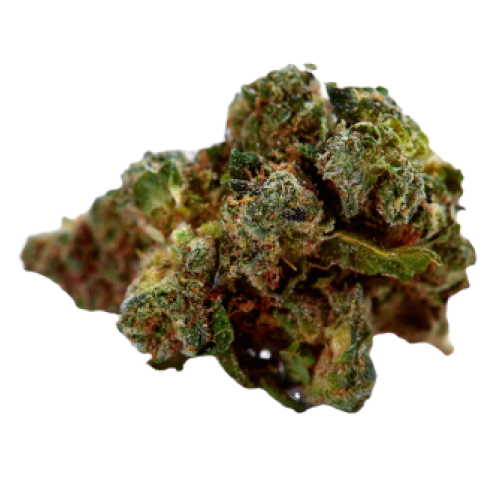
THC 22.25 - 24.25%
CBD 0.46 - 0.76%
Effect Relaxed
Flavor Grape
THC 16 - 16%
CBD 0.19 - 0.38%
Effect Euphoric
Flavor Spicyherbal
THC 14 - 15%
CBD 0.65 - 0.91%
Effect Relaxed
Flavor Apricot
THC 19 - 20%
CBD 1.03 - 1.2%
Effect Focused
Flavor Mango
THC 23 - 25%
CBD 1.2 - 1.42%
Effect Happy
Flavor Spicyherbal
THC 19 - 24%
CBD 0.46 - 1.36%
Effect Sleepy
Flavor Sweet
THC 23.75 - 25%
CBD 0.72 - 1.08%
Effect Relaxed
Flavor Flowery
THC 21 - 21.5%
CBD 0.68 - 0.89%
Effect Euphoric
Flavor Spicyherbal
THC 15 - 17%
CBD 0.45 - 0.78%
Effect Happy
Flavor Flowery
THC 10 - 16%
CBD 0.01 - 0.12%
Effect Uplifted
Flavor Spicyherbal
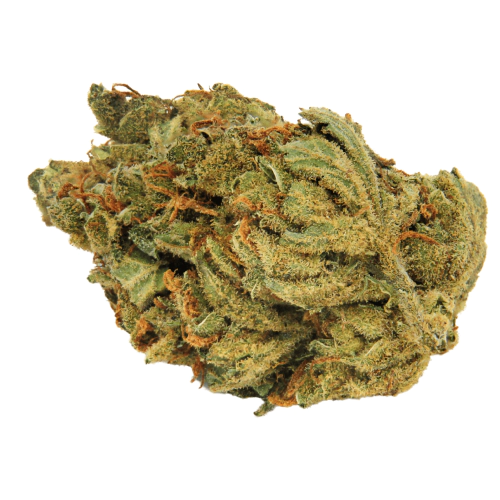


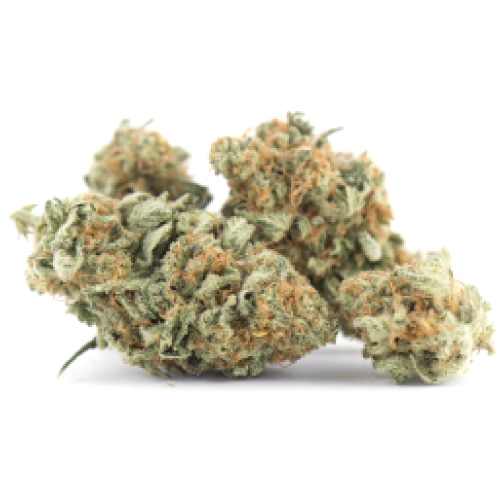

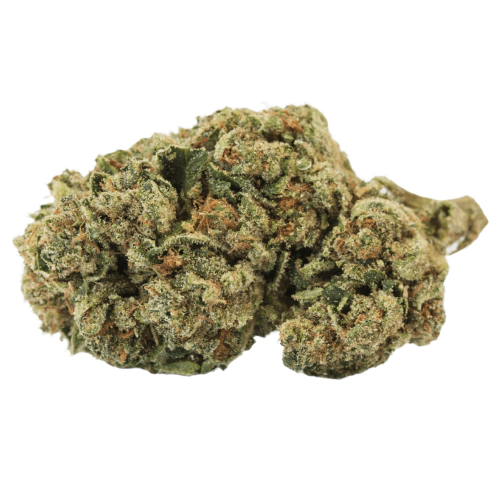
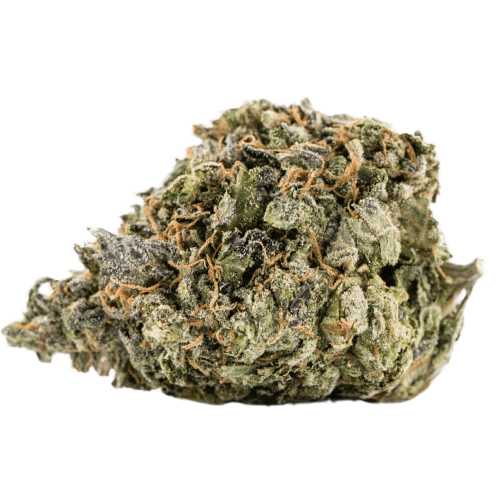

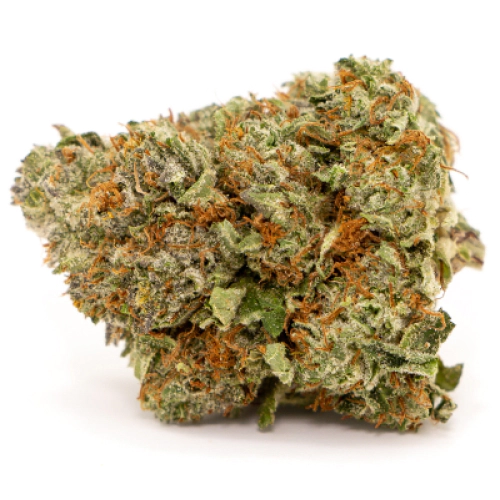
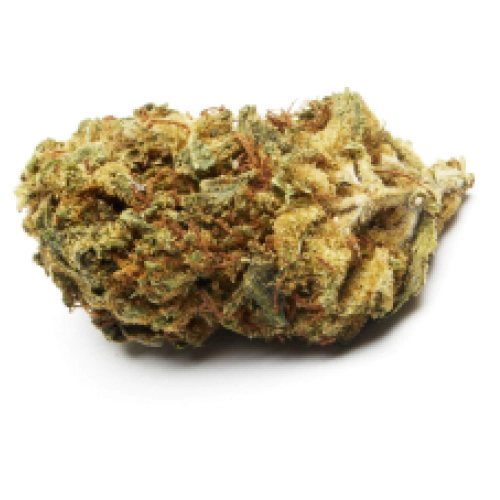
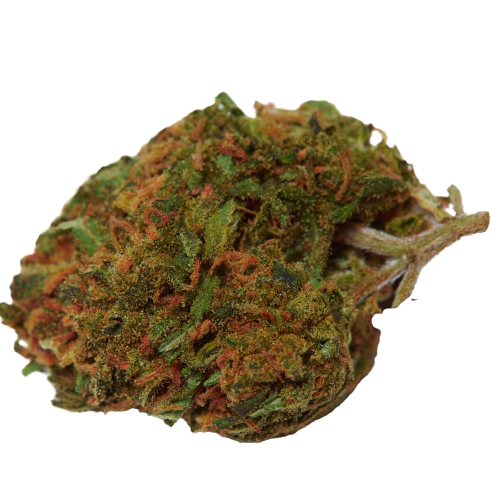

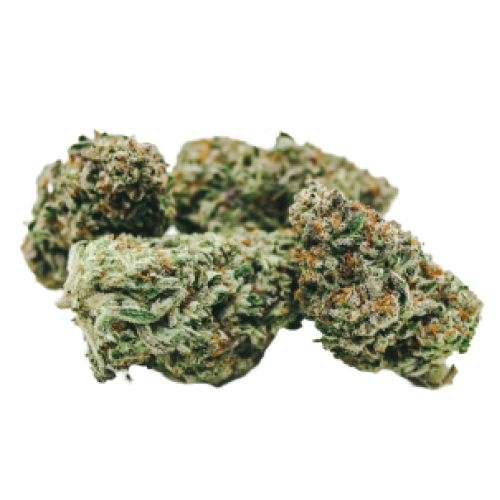

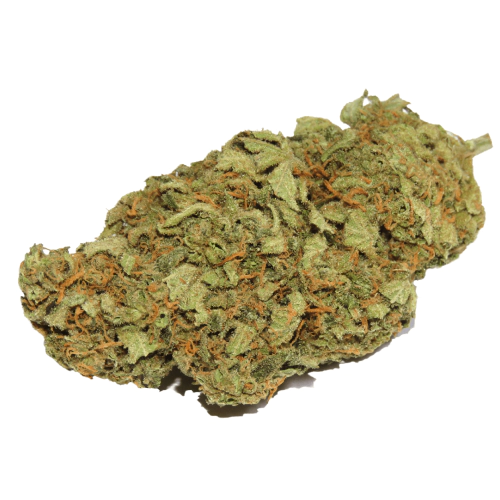
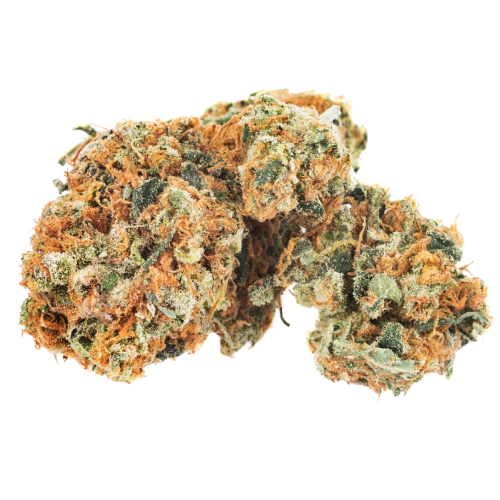
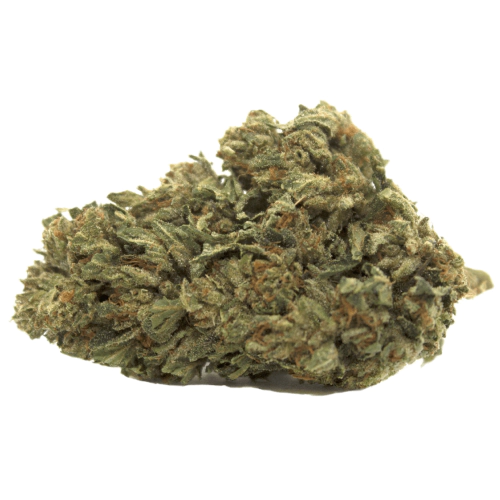
Be the first and share your opinion
Write a Review